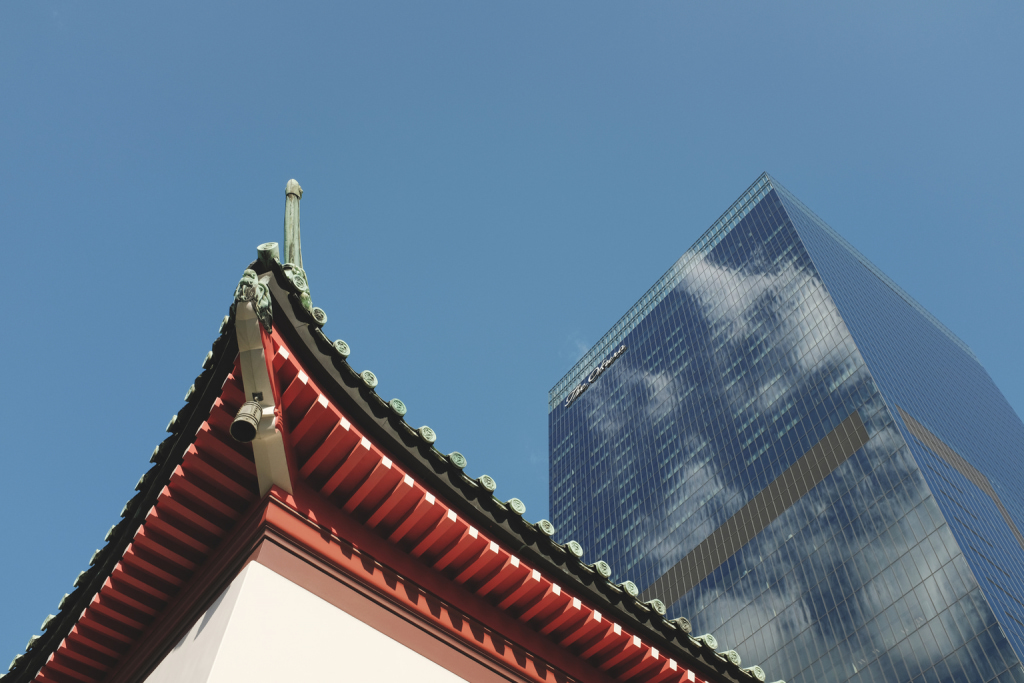Often dismissed as a soulless salaryman town, Toranomon is working hard to dispel this image with ambitious plans for the future. There’s still a long way to go before it can rival more popular places in the capital, but in the meantime, there’s more to do here than you might think.
Mega Meals
Towering at an impressive 247 meters is Tokyo’s tallest skyscraper, Toranomon Hills Mori Tower. The symbol of the neighborhood’s redevelopment program since its completion in 2014, it has now been joined by a further two towers, Toranomon Hills Business Tower and Toranomon Hills Residential Tower (although the latter isn’t scheduled to officially open until 2023).
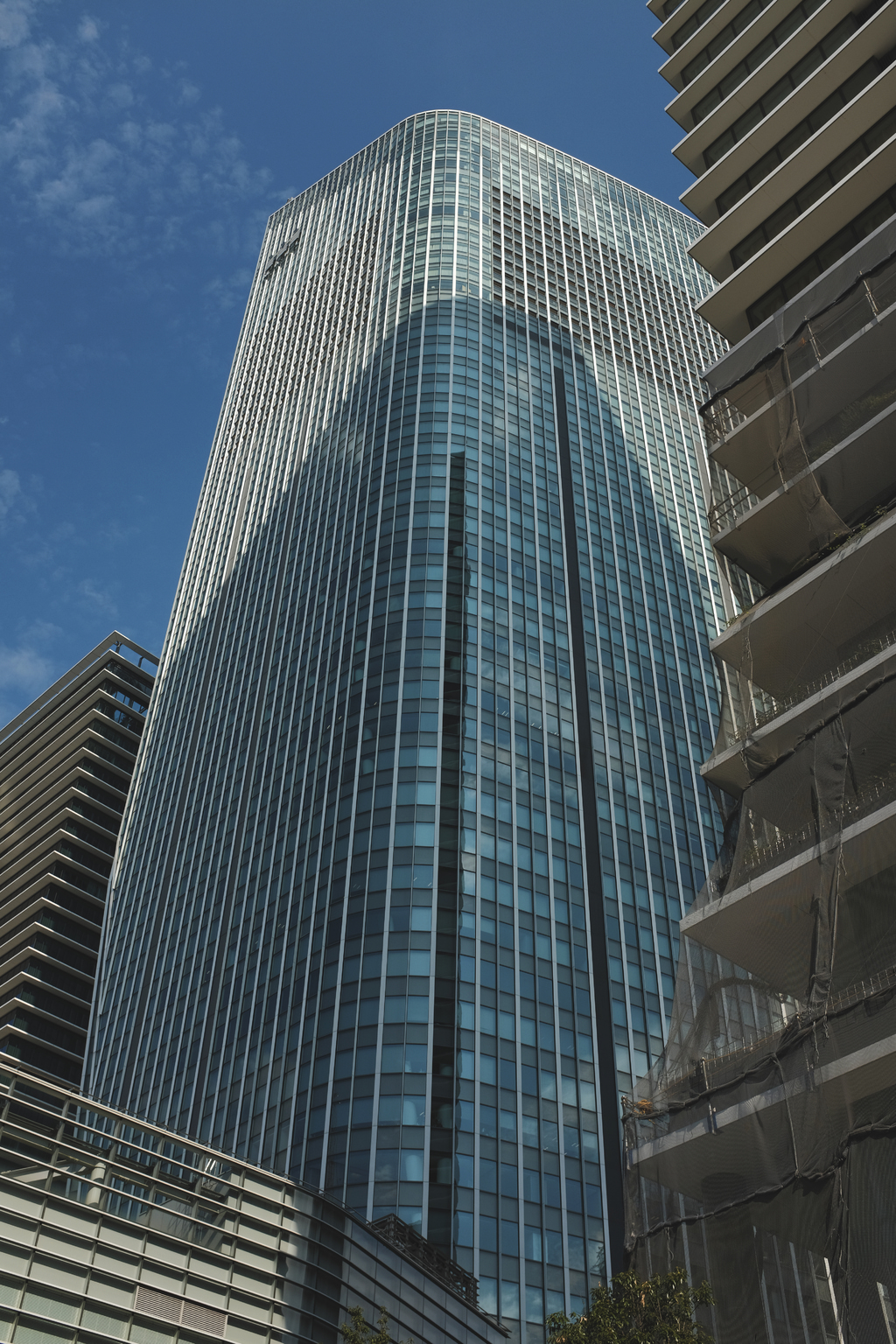
The main draw of the former is undoubtedly the addition of Toranomon Yokocho, an innovative dining area that attempts to fuse the ambience of a traditional yokocho within a modern setting. It gives visitors an option to bounce around different restaurants and sample culinary goodies from special menus or head to a communal eating and drinking area with a takeout.
There’s good food in Mori Tower too. Andaz Tokyo Toranomon Hills offers guests and non-guests of the hotel an opportunity to enjoy the spectacular view over the city from its main dining hall, The Tavern – Grill & Lounge, whilst chowing down on quality dishes such as grilled Yukimuro “snow-aged” beef. There are popular daytime events to try too such as Afternoon Tea, or head down to what is arguably one of Tokyo’s best burger joints, BeBu.
Thirsty Work
Finding a lively weekend atmosphere in the neighborhood is still a bit of a challenge as a lot of places close early or don’t open at all. There are, however, some good options in which to quench your thirst during the working week. Taking advantage of the widened streets with alfresco seating, Good Morning Cafe & Grill is a great place to work your way through the drinks menu. Outside seating is also available at THE SHOESHINE & BAR. Spotting a gap in the market, this little glass cube of a bar offers passing office workers an opportunity to enjoy top-notch cocktails and walk away with the finest shiny shoes in town.
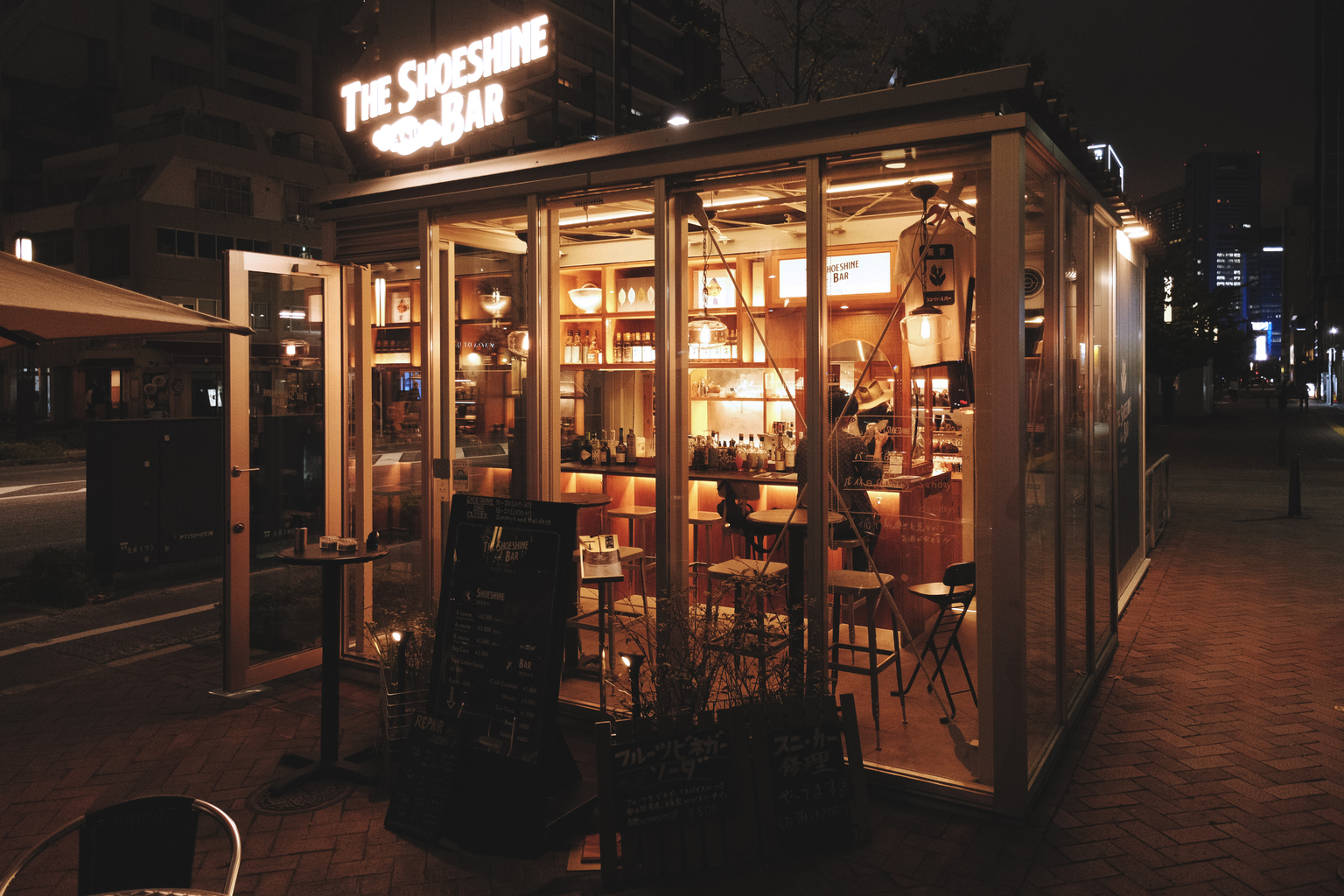
Oenophiles will definitely want to pop into Atago Konishi. This liquor store, at the base of Atago Shrine, has been hawking booze to locals and visitors since 1872 (though its roots can be traced even further back to 1641) and has a particularly fine selection of wines to enjoy inside, outside or at home. Alternatively, head to the nearby Japanese Sake and Shochu Information Center and broaden your knowledge of sake, shochu and awamori by testing and comparing around 50 different varieties from across the country for a mere ¥100 a cup. Plus, if one really hits the spot, you can buy the bottle and a quality cup or vessel.
Stairway To Success
Thankfully, the neighborhood’s quest for modernisation hasn’t completely trampled over its links to the past. In stark contrast to the adjacent Toranomon Hills Business Tower is a small two-story restaurant, Osakaya Sunaba Honten, which has been serving seasonal soba to hungry customers since 1872. The current wooden building, registered as a tangible cultural property, dates back to 1923.
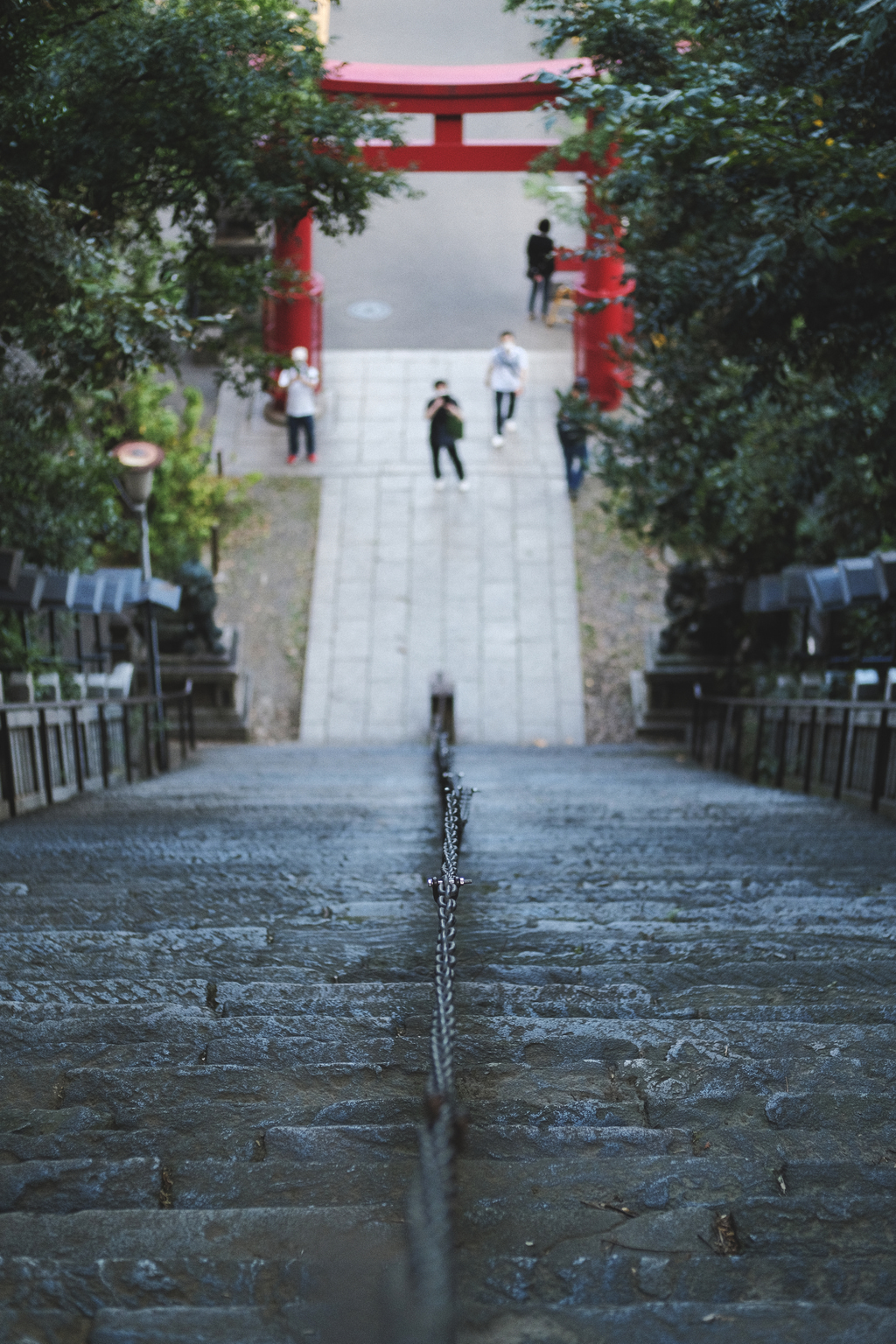
Further up the road, and 86 steep stone steps to be precise, is Atago Shrine. Constructed in 1603 atop the 26-meter high Atago Hill, the shrine was built to protect the growing capital from fire and other disasters. It’s also said that climbing the vertigo-inducing staircase will bestow success upon the visitor, a trip many of the area’s office workers have no doubt undertaken over the years. Amongst the shrine’s other sights is a pond full of incandescent koi (carp) and a striking gold-lacquered torii gate that dazzles beautifully in the late evening sun.
The Way We Were
Despite looking slightly worn and drab from the outside, the meticulously crafted katana from top swordsmiths as well as blunted replicas for sale at Japan Sword Co., Ltd are anything but. In business for over a hundred years, the store’s friendly English-speaking staff can guide you through all that you need to know about this signature samurai weapon.
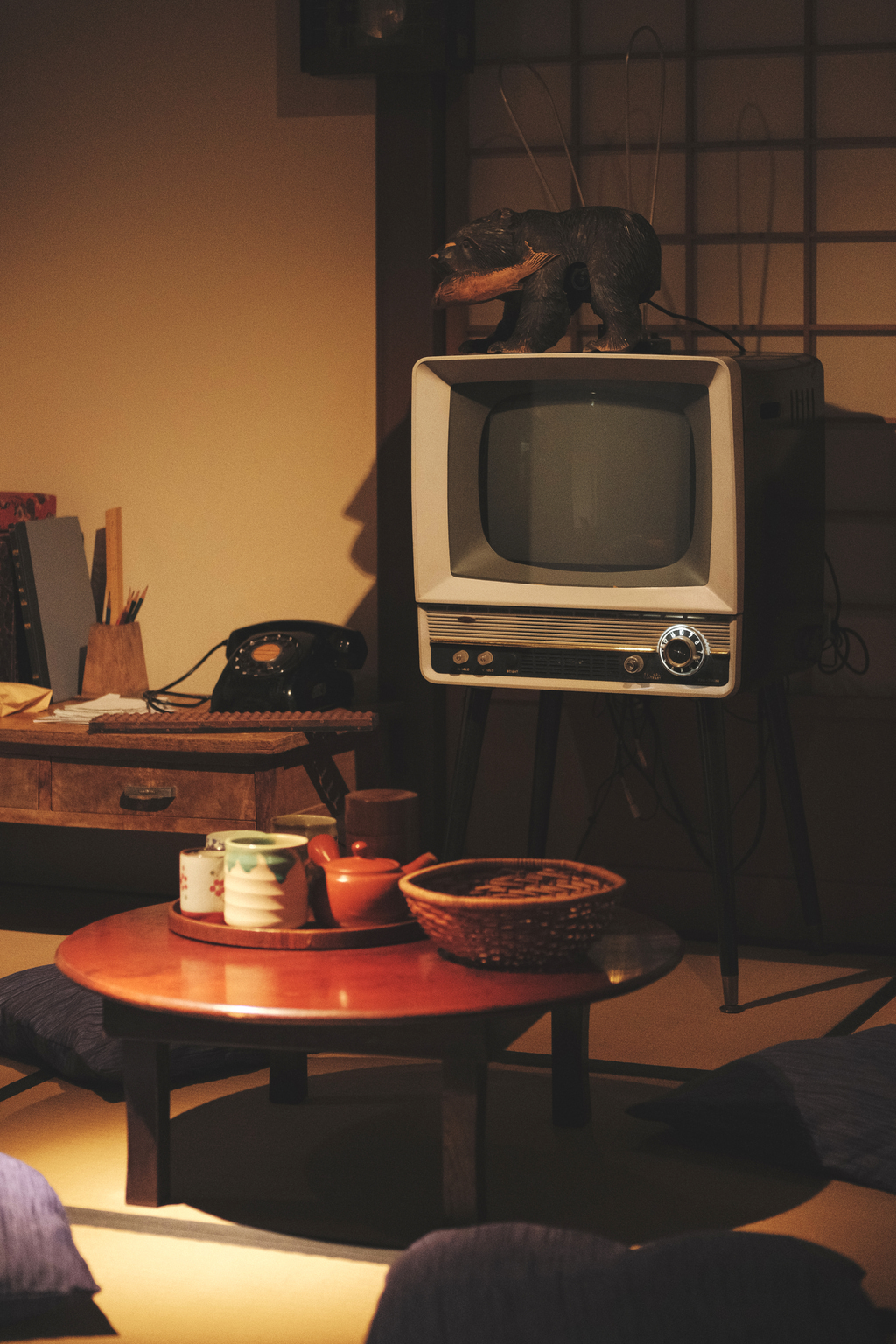
Containing artifacts in a much more impressive setting is Tokyo’s first private art museum, Okura Museum of Art. Established in 1917, the original building was lost during the 1923 Great Kanto earthquake but reopened in 1928 in its current classical Chinese style based on a design by the renowned architect Chuta Ito. Surrounded by Chinese Qing, Ming and Korean Joseon dynasty bronzes and sculptures, visitors can admire Japanese and other Asian artworks from a collection of around 2,500 items. For more modern history, the free-to-enter NHK Museum of Broadcasting offers a great trip down memory lane, especially if you grew up watching the national broadcaster.
Majesty Onarimon Club
While in the area, especially if you’re a fitness fanatic, a trip to the brand-spanking-new Majesty Onarimon Club is an absolute must. For those that value privacy and safety, the 43 fitness rooms, nine Biocircuit rooms, steam saunas and space for self-esthetics are all part of the complex’s grand plan to lead the way in the future of fitness and well-being. Even if you forget your gym gear, you will be able to rent various items.
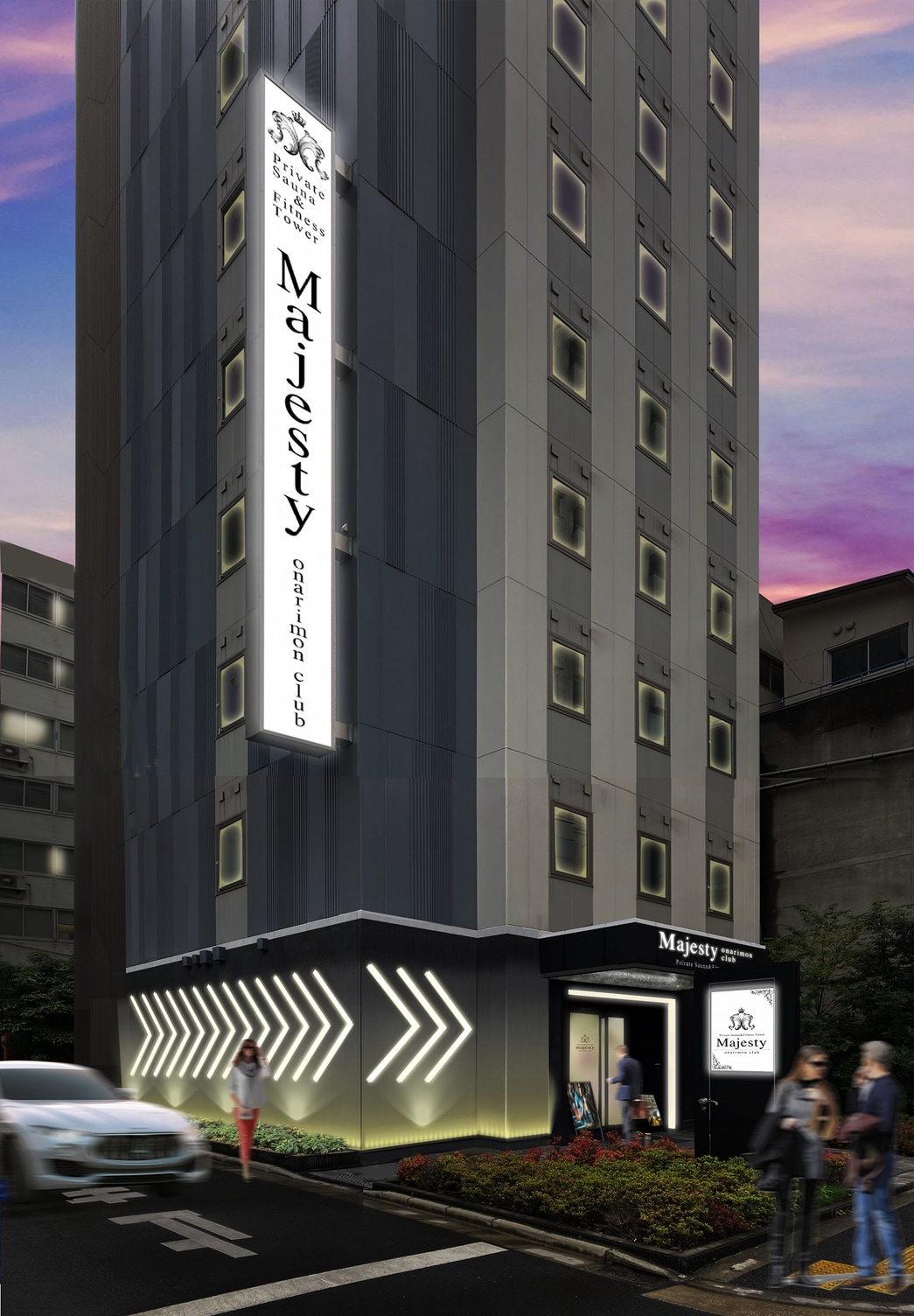
More Info
3-23-16 Nishi-Shinbashi, Minato-ku, Tokyo 105-0003
majesty-onarimonclub.jp/en
Photos by Stephan Jarvis
Sponsored Post

